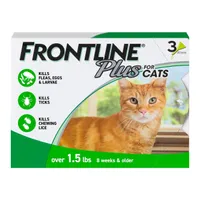How do cats get fleas? A vet reveals 5 common hotspots
Ever wondered how cats get fleas? Our expert has the answer (and what you can do to prevent them!)
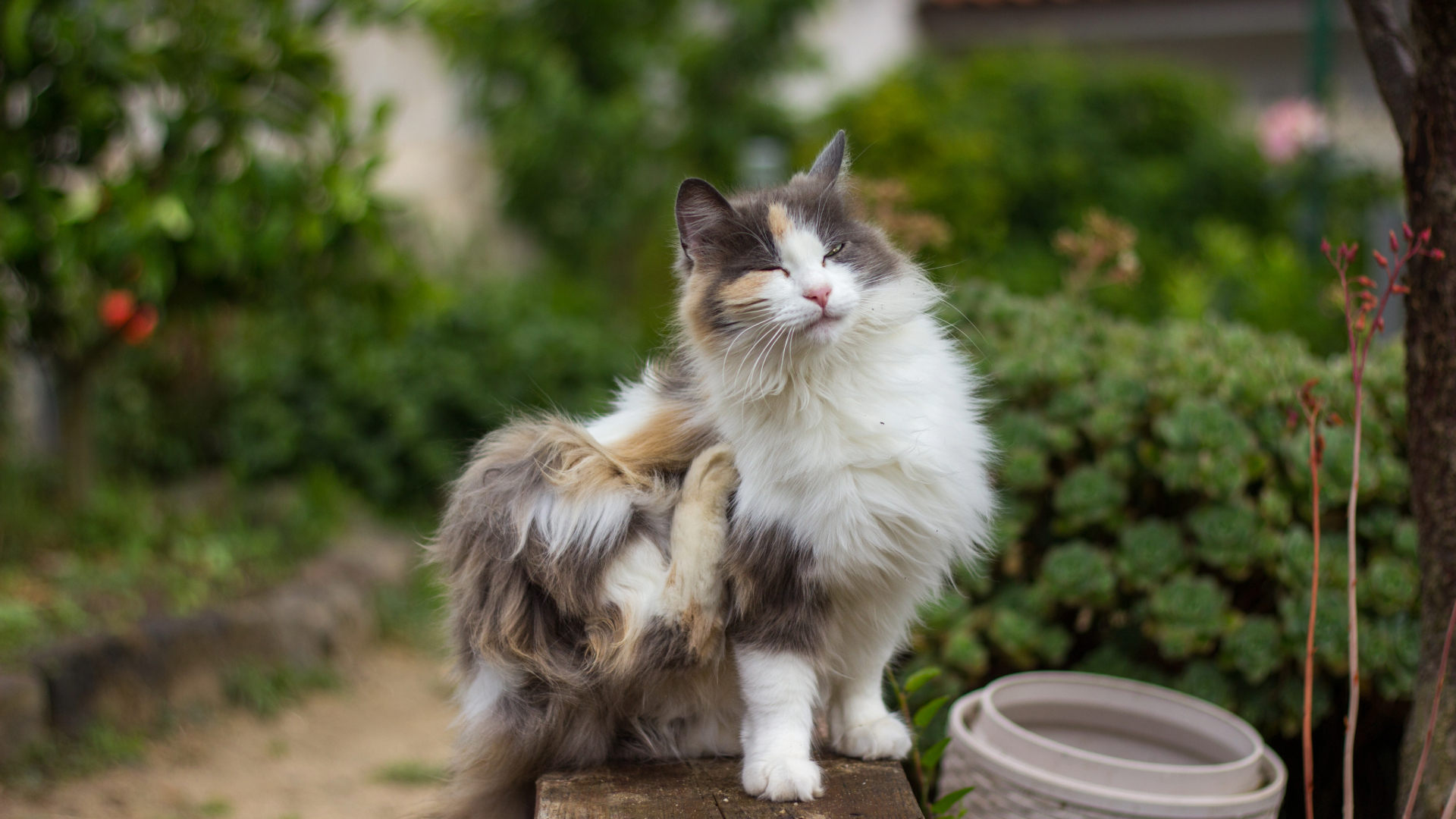
If you're a pet parent, you've probably asked yourself, "How do cats get fleas?" at least once – especially if your cat is kept indoors and you're wondering how they got there in the first place.
These pesky parasites are sneaky and can find their way onto your pet and into your home in many different ways, which is why it's so important to protect your feline with the best topical flea treatment for cats.
Below, vet Dr Rebecca MacMillan reveals five of the most common ways cats get fleas, how indoor cats can pick them up, and what you can do to prevent them for good. Rebecca has more than a decade and a half of experience working with animals, with qualifications from the Royal Veterinary College and Nottingham Trent University.
How do cats get fleas?
1. Spending time in the great outdoors
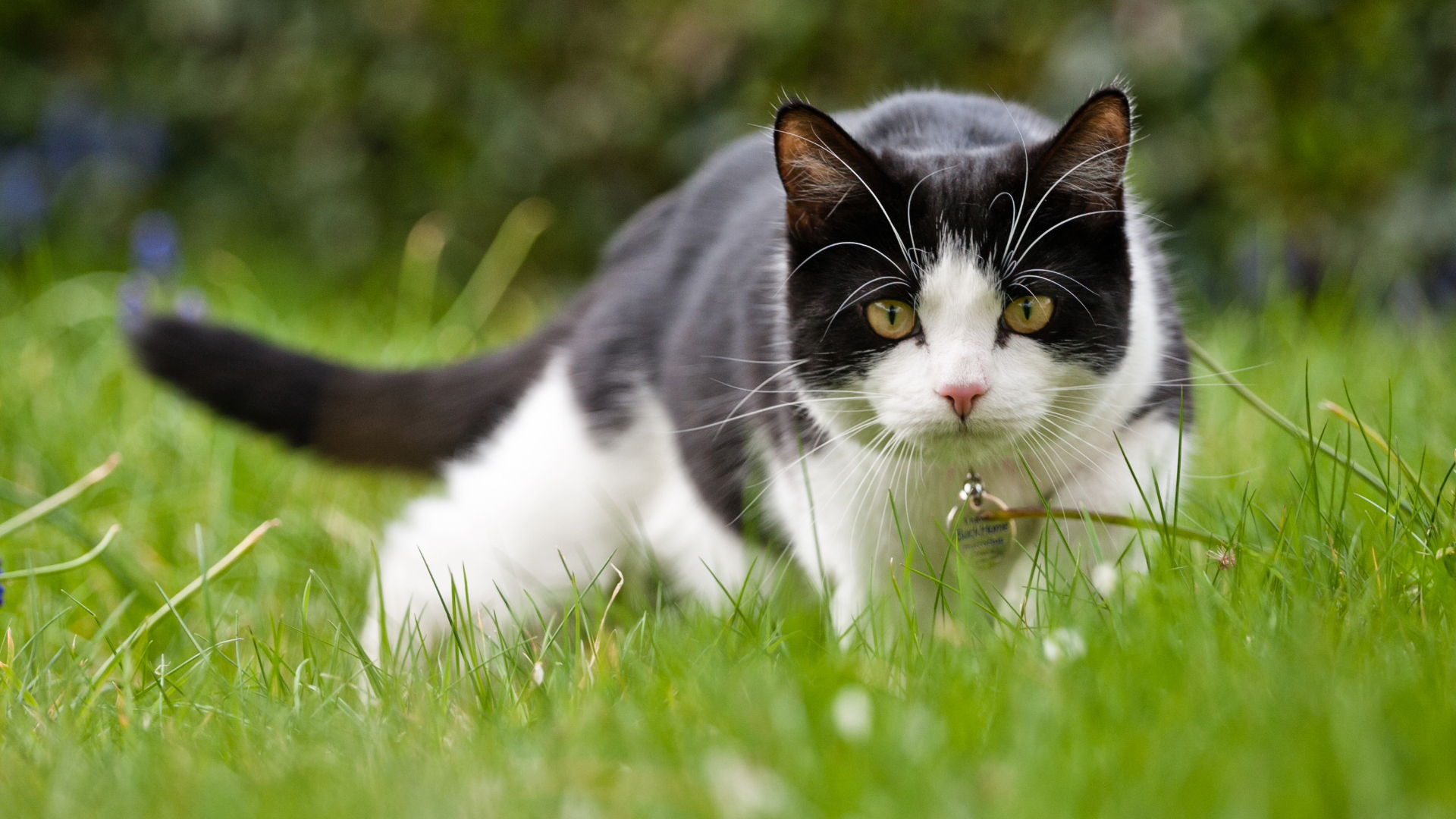
In the humid summer months, fleas thrive in moist and shady conditions, so it’s easy for your kitty to come into contact with them whenever they’re outside. Rodents are also carriers of fleas and if your cat enjoys a good mouse-hunting mission, it’s not hard for these little critters to jump ship.
Dr MacMillan says: "Immature fleas can lie dormant in various outdoor environments, waiting for a new host to pass by. Long grass, hedgerows, and woodlands can all harbour fleas, particularly during milder times of the year. Wildlife or other pets drop flea eggs as they pass through an area, which will complete their life cycle when a new host walks past."
Frontline Plus Flea and Tick Treatment for Cats (3mo Supply) | Amazon
This waterproof treatment protects your cat from fleas, ticks, lice, eggs, and larvae for 30 days and is suitable for all life stages.
2. Being around other pets

Whether it’s snuggling up to a canine companion or romping about with another feline furkid, flea swapping is a common problem, especially if your kitty likes hanging out with their neighborhood buddies who might not have been treated.
If your kitty isn’t a fan of topical treatments, try fitting them with one of the best flea collars for cats, many of which offer up to eight months of protection. This will help kill any fleas that might jump onto them if they’re mixing with other animals and if you’re also the pet parent to a pooch, keep them covered with one of the best flea treatments for dogs.
Get the best advice, tips and top tech for your beloved Pets
Dr MacMillan says: "Most flea infestations occur due to newly hatched adult fleas hopping on from the environment, rather than from host-to-host contact. There’s no real incentive for a flea to jump from one pet to another, although it does happen occasionally.
“However, if you have one pet that picks up fleas, then your other pets are at high risk due to the eggs and larvae that are spreading through your home."
3. Indoor infestations
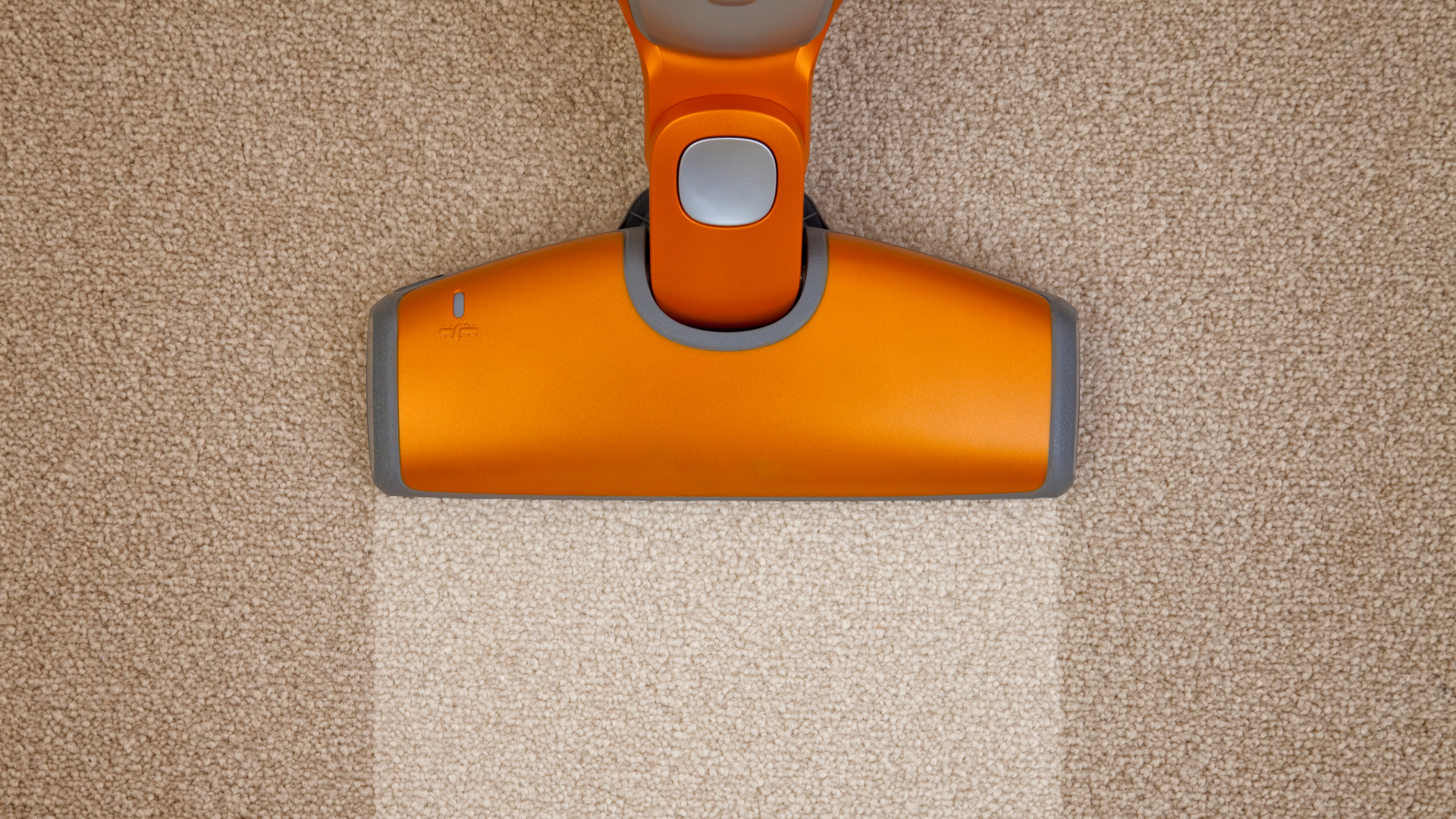
Even the most thorough of cleaners can still end up with fleas in their home and believe it or not, we’re often the ones who bring them in. While humans aren’t a flea’s first choice of host, they’ll happily hitch a ride on your clothing or shoes if it helps them get indoors and closer to your pet.
Once inside, fleas will set up camp in the carpets, bedding, and soft furnishings in your home. They can also lie dormant for months at a time, so if you’ve recently moved into a new home, you may find you have a few old houseguests who aren’t in a hurry to move out!
Check for evidence of fleas before you move into a new home so that you can eradicate them before settling in. Wash clothing and bedding well and if you have one of the best cat beds that your kitty uses to get their beauty sleep, you’ll want to wash it frequently. It can be a good idea to wash any soft cat toys regularly too.
Dr MacMillan says: "Thanks to modern housing and central heating, flea infestations can persist all year round. The pupal stage of the flea life cycle can survive for several months in carpets, between floorboards, and in soft furnishings.
"Carbon dioxide and vibrations will encourage an adult flea to hatch out when your pet passes by. If you don’t treat your home as well as your cat during a flea outbreak, it can take much longer to get on top of the problem. It is also possible to move into a new property and be faced with fleas, thanks to previous tenants."
4. Vet visits and pet groomers

We know, who would have thought it, vet clinics and pet groomers are supposed to be clean places, right? For the most part, they are, but no matter how much these spaces sparkle, fleas are masters at hiding.
If you go out of town from time to time and check your kitty into a cattery or other boarding facility or send him to a pet sitter, that’s also an opportunity for your furry friend to pick up fleas.
Dr MacMillan says: "Visiting places where large numbers of pets frequent puts your cat at an increased chance of picking up fleas. While every vet practice I’ve worked at regularly treats the building with anti-flea products to reduce the risk, this is still no guarantee. That is why it is important to treat your cat against fleas regularly, especially if they also visit places like boarding catteries or groomers."
5. Windows and doorways
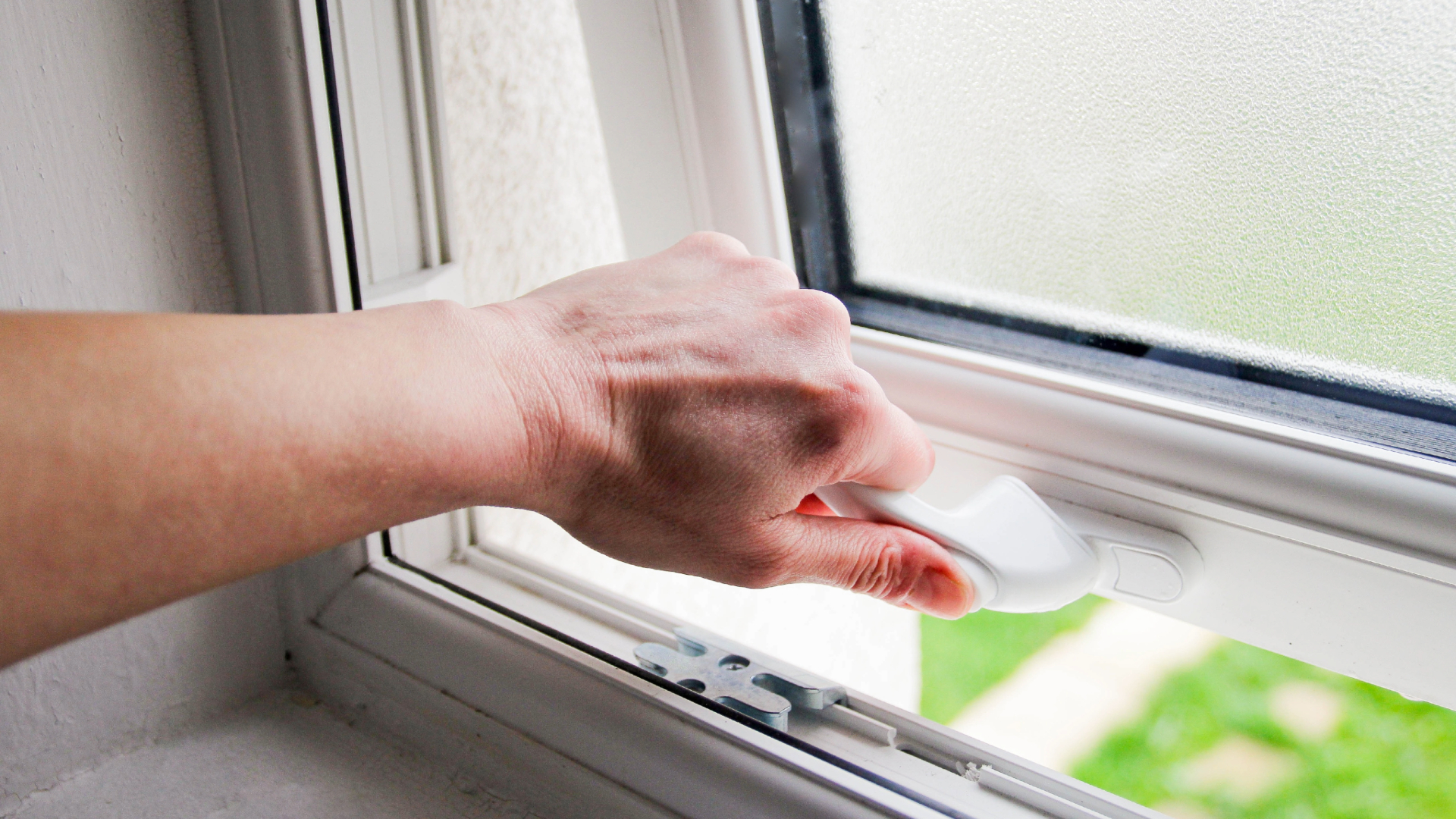
Our homes can’t be sealed environments – air needs to circulate and people are frequently coming and going – but open windows and doorways provide the perfect opportunity for these crafty critters to enter into our living spaces.
Dr MacMillan says: "A less common risk, but fleas could possibly enter the house through open doors and windows. This is most likely to be a problem if you have wildlife or pests patrolling your property like raccoons, squirrels, or rats. While fleas could hop their way indoors, your cat is most at risk of picking these up when entering and exiting your home themselves."
How to prevent cat fleas
When it comes to fleas, prevention is always better than cure, so we recommend speaking with your vet about the right choice of flea treatment for your pet. Topicals and collars are always popular, but if your kitty already has an outbreak, the best flea treatments for cats contain fast-acting medications that can clear your furkid of fleas within as little as six hours.
It’s also worth conducting regular checks of your feline’s fur, especially if they spend a large bulk of their time outdoors. As well as searching for fleas themselves, be on the lookout for reddish-black flecks on their fur, which are tell-tale signs of eggs.
You might also like to invest in one of the best vacuum cleaners for pet hair as these have powerful suction systems that will suck up any stray fleas that have set up camp in your carpets. Treating your house as well as your cat is the best way to stay on top of things.
Can indoor cats get fleas?

This might come as a surprise, but yes, indoor cats can get fleas!
Dr MacMillan explains: "Owners can accidentally bring flea eggs into their home on their clothing or other possessions. This can happen after a visit to someone else’s house or by handling an animal that has fleas.
"Second-hand furniture, bedding, or clothing can also be a way of transferring eggs into your home. If you have any other pets that leave your home, like a dog you take out for walks, they can introduce fleas into your household, which will infect your indoor cat.
"Plus, purchasing or renting a property that had animals in previously can put your cat at risk from fleas. The immature stages of the flea life cycle can persist indoors for several months under the right conditions – just waiting for you and your cat to move in!"
Can I get fleas from my cat?
Cat fleas usually jump to humans' legs, feet, ankles before attempting to feed on their blood and leaving. They cannot live or breed on you, but you can still get bit by them.
Flea bites can cause itching, swelling, redness, and more - and you'll have an even worse reaction if you're allergic. To try and alleviate any discomfort, treat flea bites with an antiseptic soap to prevent infection, then follow up with ice or over-the-counter medication that will help soothe itching and irritation. Hydrocortisone is a great option, but make sure you speak to a doctor first.
The next best way to treat flea bites is to get rid of the fleas so you don't get anymore, so make sure you read above for all the tips!
For more great tips, check out our top six ways to prevent fleas

Rebecca is a vet surgeon who graduated in 2009 from the Royal Veterinary College in London. She has a wealth of experience in first opinion small animal practice, having done a mixture of day-to-day routine work, on-call emergency duties and managerial roles over the years. She enjoys medicine in particular and she is proud to have recently achieved a BSAVA postgraduate certificate in small animal medicine (with commendation). She writes on various feline and canine topics, including behavior, nutrition, and health. Outside of work and writing she enjoys walking her own dog, spending time with her young family and baking!
Edited by Georgia Guerin.
This page was last updated in August 2025 by Megan Milstead.

Kathryn is a freelance writer who has been a member of the PetsRadar family since it launched in 2020. Highly experienced in her field, she's driven by a desire to provide pet parents with accurate, timely, and informative content that enables them to provide their fur friends with everything they need to thrive.
Kathryn works closely with vets and trainers to ensure all articles offer the most up-to-date information across a range of pet-related fields, from insights into health and behavior issues to tips on products and training.
When she’s not busy crafting the perfect sentence for her features, buying guides and news pieces, she can be found hanging out with her family (which includes one super sassy cat and a kitten), drinking copious amounts of Jasmine tea and reading all the books.
She has written for a range of publications, including Fit&Well, Top Ten Reviews, LiveScience, Goodto, and Product Hunt.
- Dr. Rebecca MacMillanVet
- Megan MilsteadStaff Writer
